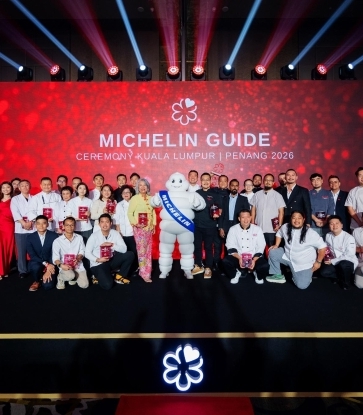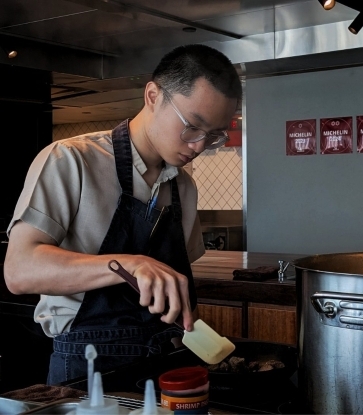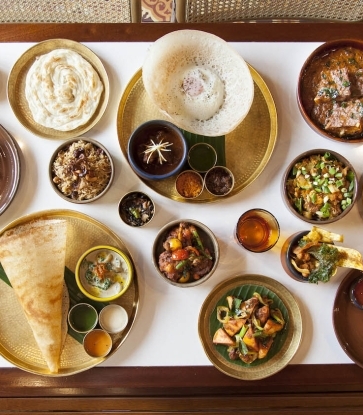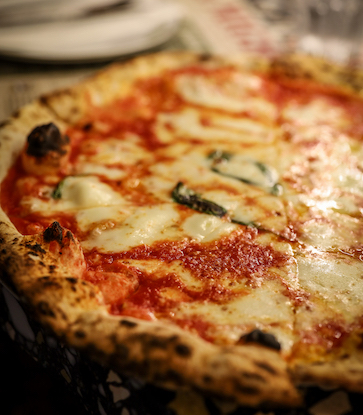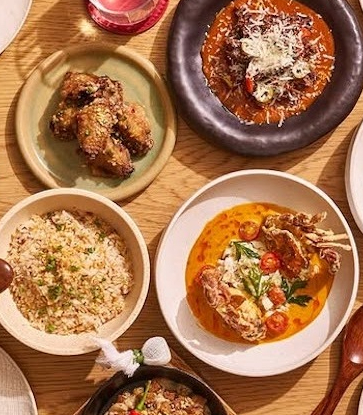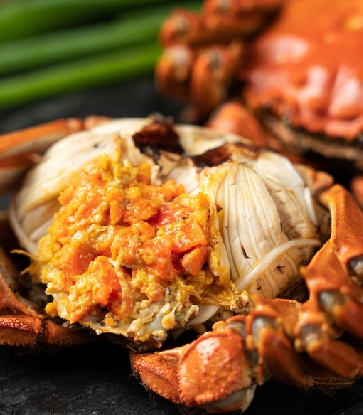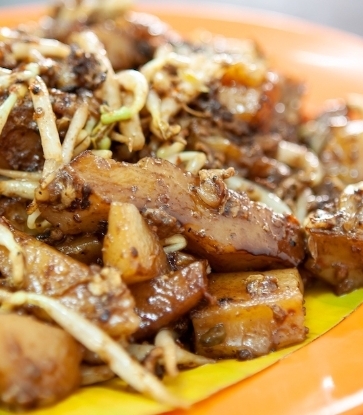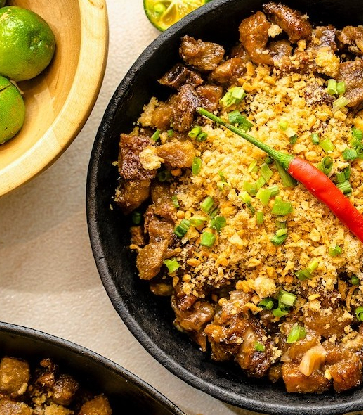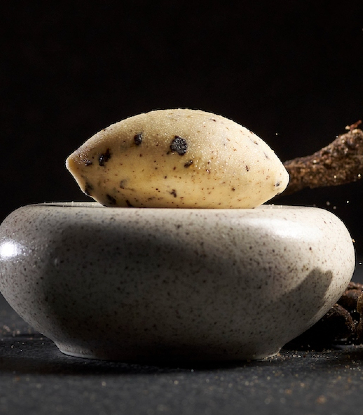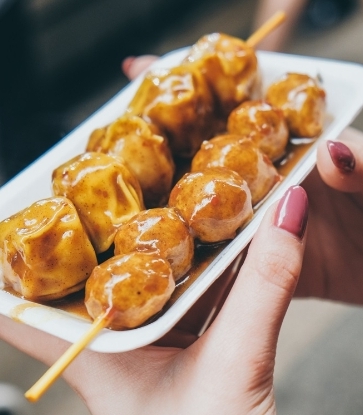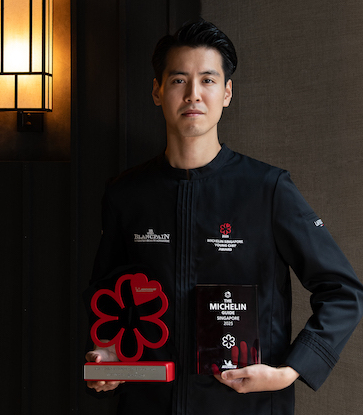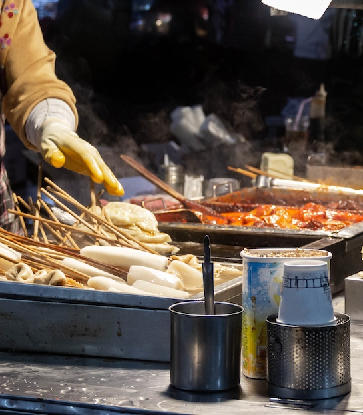She might have grown up helping her mum to make putu piring, but Aisha never thought she would be taking over her family’s business. Straight after secondary school, she enrolled in Shatec where she got a diploma in pastry, and went on to work at the Hilton Singapore for a year. Aisha then continued her studies in the US, before joining Boston Harbor Hotel, Massachusetts, as their assistant pastry chef.
It was one phone call from her mother that saw her returning to Singapore to help. “When my mum called, she told me that they needed help. Her shop was closing at that time; the coffee shop they had a stall in was closing down to turn into a retail shop,” says Aisha. “She needed my help to find a new space and hire more workers.”
Today, Haig Road Putu Piring now has six outlets spread across various coffeeshops and shopping malls. Says Aisha: “We had a lot of requests from customers saying the queues are very long, especially if they have travelled from the West (of Singapore) to the East.”
Expanding wasn’t a decision that was executed easily though. Both Aisha’s parents were resistant to this change, and had to be convinced by their daughter and son-in-law that this would be better for the business in the long run.
“Me and my husband had to talk to my parents about this expansion because they refused actually,” says Aisha. The couple are now also looking to expand into shopping malls.
“One of the greatest challenges we face is manpower. A lot of the younger generation want to work in an air-conditioned space, not sweat it out,” she continues. “Hopefully this will encourage more of them to come and work with us.”

Innovating for the future
While Aisha looks to expand the business model, what remains unchanged is the recipe and how the putu piring is made. Here, traditional techniques are still practiced, such as marinating the rice flour overnight, steaming and sieving it countless times, and adding salt water to the mix so it won’t be tasteless. Even the gula Melaka used here is imported from Java, pure with a hint of smoky, savoury flavours.
“A good putu pairing uses quality ingredients. Our rice flour is also top grade, so it’s very soft and silky. Even for the gula Melaka, we tried the refined ones before but the smell and taste is just different. It doesn’t go with our flour,” says Aisha.
She shares that the mark of a good putu piring is one where the flour doesn’t coat your tongue. Aisha also plans to try tweaking the fillings in the putu piring.
“We are not changing our traditional recipe, but what we are trying out now is different fillings,” she says. The stall had successfully run a chocolate putu piring that proved popular among young children. “We are now experimenting with peanut or (D24) durian, which we use to cook with our gula Melaka. It’s not on the menu yet, but we hope to perfect it soon.”
Last December, Haig Road Putu Piring ventured into the shopping malls with an outlet in East Village mall in Upper Changi Road. It also opened another mall outlet in Northpoint City in Yishun earlier this year. Aisha is also pushing the boundaries of putu piring by introducing new-fangled flavours for the steamed rice cakes. On top of the original gula melaka-filled putu piring, other flavours include durian, coconut and chocolate.
Aisha says: "Our intention is to introduce new flavours is to pull out attract the younger generation. Not everyone know what putu piring is. When I do live stations in schools, Malays say this is putu piring, the Chinese say no, this is tutu kueh, then the Indian will say this is putu mayam. I really hope that putu piring can be an icon of Singapore food. "




